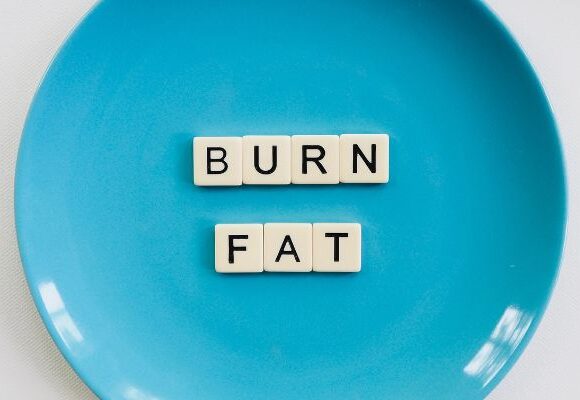How to Burn Fat Faster in Ketosis


But what does that mean exactly? In this article, you’ll learn everything you need to know about ketosis, its main symptoms, and how you can benefit from burning fat faster.
Getting Into Ketosis
Reap the benefits of a ketogenic diet by getting your body into ketosis – the process of burning fat for fuel. This happens when you reduce your carb intake to 20–50 grams per day. The time it takes to get into ketosis varies from person to person. If you are just starting out, it may take a few weeks to fully adapt.
You may notice the first changes in your body in as little as 2–4 days. However, for some people, it takes a week or longer to reach ketosis. This may depend on:
- Your typical daily carb intake
- Your daily fat and protein intake
- Your physical activity
- Age
- Your metabolism
How to Know if You’re in Ketosis?
When your body goes into ketosis, you will notice some symptoms. Rest assured – all of these unpleasant side-effects (called the ek keto flu) are natural and usually only last a few days. You will also experience some positive changes:
- Rapid weight loss
- Fat loss
- Reduced cravings
- More energy
- Clearer mind

While these changes can give you an indication that your body is on its way to ketosis, the best way to tell is to measure the ketone levels in your body.
Measuring Ketone Levels
If you are unsure of the level of ketones in your body, or if you just want to know if you are already in ketosis, you can do some home tests.
Urine test
You can check the ketones in your urine easily and quickly with home test strips. However, your ketone levels with urine tests are not very accurate as they reflect an average value.
Blood test
Just like you can get blood sugar testing devices, you can also get ketone testing devices. These will give you the most accurate ketone level results.
Breath test
You can also test your breath with a ketone breath meter – it is way more accurate than a urine test.
The range of ketones depends on the used method. Numerous reasons may affect your ketone results – the time you take the test, what you ate, whether or not you take medication, your activity level. That’s why the range can vary from person to person, but you should aim to measure between 0.5–3.0mg/dL. If you stay in this range long enough, you will remain in ketosis and therefore burn fat.
Getting Into Ketosis Faster
If you’re having trouble getting into ketosis, here are a few tips that can help you get there faster:
Intermittent Fasting
Combining the keto diet with intermittent fasting is a great way to increase the ketones in your body. It can help you reach ketosis faster and lose more body fat than the keto diet alone. Try 12 or 16-hour intermittent fasting to get started.
Ketone Supplements
Consider taking ketone supplements (such as BHB salts). They will help you control cravings and manage your weight better. They will also help you with unpleasant keto side effects like keto flu or keto breath.
Exercise
Try to incorporate some steady, low-intensity exercise (like jogging, cycling, rowing, and yoga) into your keto workout routine. This is also good for avoiding the symptoms of keto flu! And one last tip: don’t forget to take a step back and see how much you’ve already accomplished! Even the small changes eventually add up to significant results.







